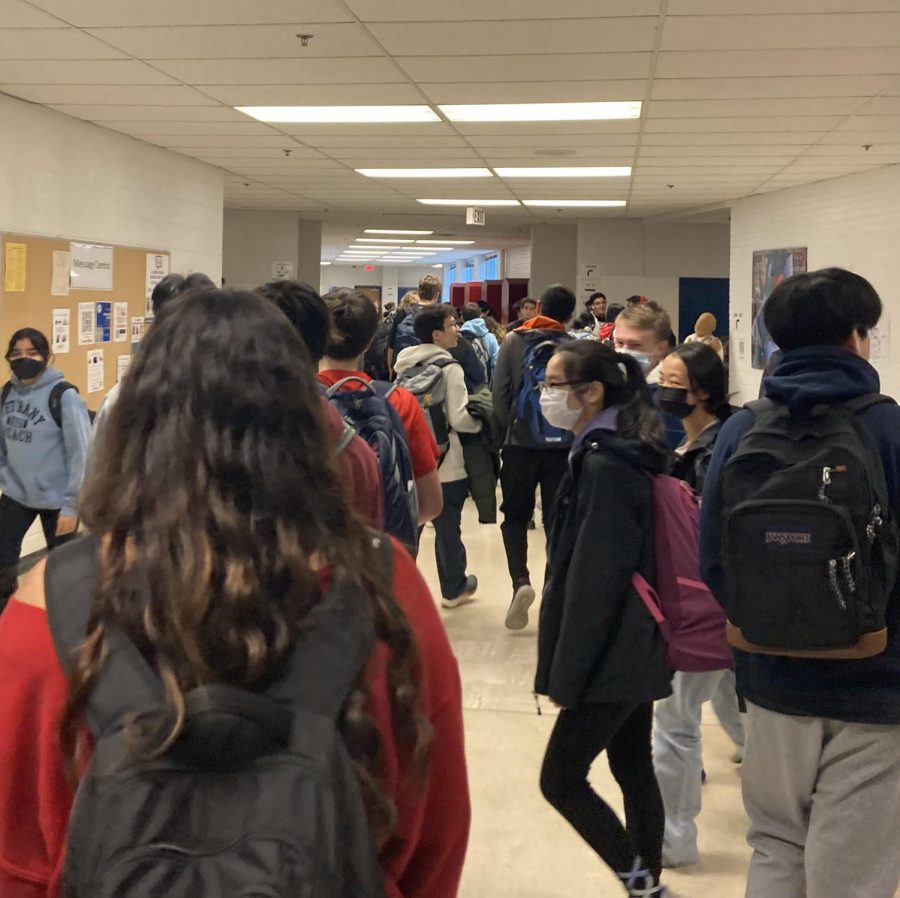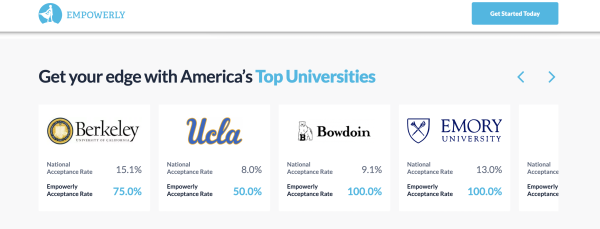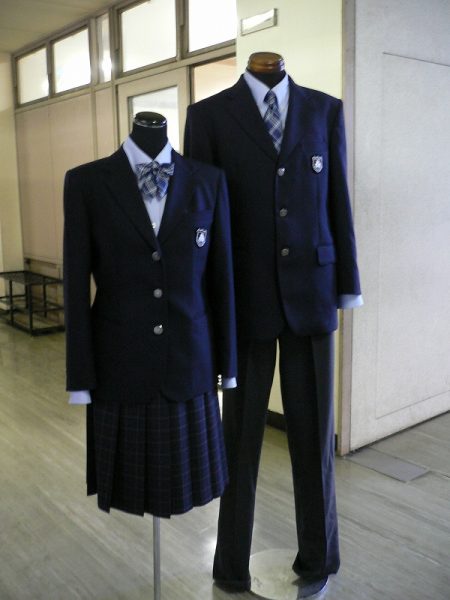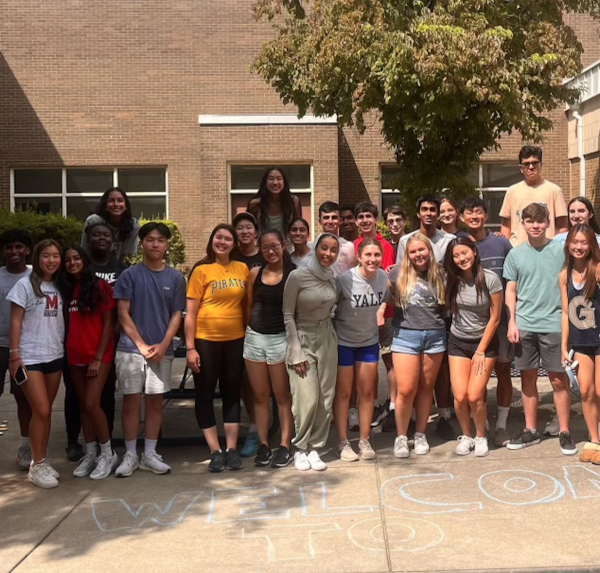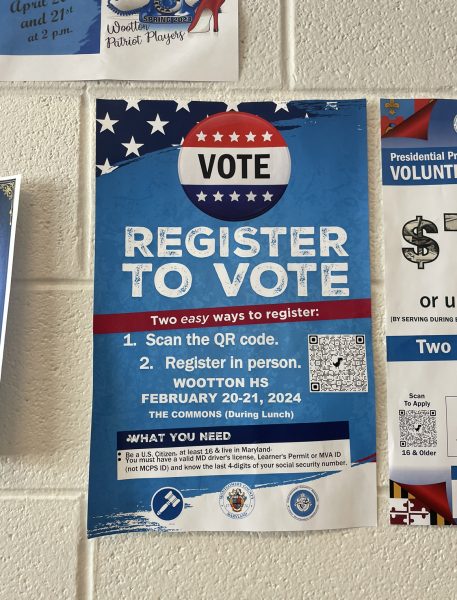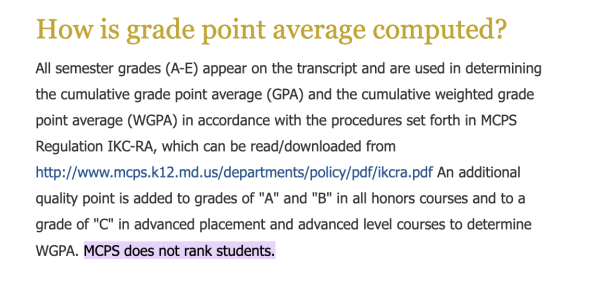A battle with the bell: Why students need more time to get to class
Hallway traffic jams slow down the walk the class for students.
As the minute hand of a black and white clock above a classroom door strikes 9:14 am, the bell rings throughout the school. Junior Annabel Bunten snatches her bag off the ground and rushes out of her second-period Child Development classroom to make it to her third-period photography class on time. The photography classroom, Room 189, is on the opposite side of the building, so frequently, Bunten has trouble making it to her class before the late bell.
This problem is common for numerous students, which raises the question; is five minutes enough time to get to class?
The most crucial factor to consider when attempting to answer this question is how long does it really take to walk from class to class? Along with members of the Common Sense staff, I did an experiment to find the longest route in the school building. After a half hour of exploration, we found that the longest route in the building was from Room 43, a health room located in the basement, to Room 200, a science room on the second floor. We found that the route took four minutes and five seconds even with empty hallways.
If a student had to go from Room 43 to Room 200, they would be left with less than one minute to spare for any obstacles or delays they might face. The time we calculated between these two classes was from one doorway to another, meaning that it didn’t account for the time it may take to pack up and be dismissed from class, because, as we all know some teachers live by the ideal: “The bell doesn’t dismiss you, I do.”
Also, the time we measured wasn’t influenced by hallway traffic jams. Between every class period, there is almost always a traffic jam of students at the intersection of the world language, social studies, English, and Commons hallways on the first floor. This constant traffic jam forces students to slow down and patiently amble through the crossing to avoid the nasty stares given by classmates to students who barge through the traffic. Both of these factors together mean that it takes way longer than expected to get to class.
You may be wondering why students with classes that are close together may have difficulty arriving on time. This question can partially be answered with one word: bathrooms. With the new “t10 minute rule”, students aren’t allowed to leave the classroom for bathroom or water breaks in the first or last 10 minutes of class. Students are therefore forced to use their five-minute walking time between classes to hydrate and relieve themselves. Consequently, if a student has an already long route to class, they may have to decide whether it is more important for them to pee or get to class on time, which is a decision that students should never have to make.
Lastly, this break between classes is a break for us to rest our brains, stretch our legs and prepare for our upcoming class. If breaks were longer, then students feel less rushed to get to class and would be able to use their break to better refresh their minds. A study by Cornell proved that “taking purposeful breaks from studying to refresh your brain and body increases your energy, productivity, and ability to focus.”
In short, a longer break between classes would be beneficial because it would reduce stress about getting to class on time, give students more time to use the bathroom, and provide a break for students’ brains. A schedule I propose would be to have 41-minute class periods (one minute shorter than usual), 25-minute advisory (five minutes shorter than usual), a 50-minute lunch (four minutes longer than usual), and six minutes to get between classes.
Your donation will support the student journalists of Thomas S. Wootton High School. Your contribution will allow us to purchase equipment and cover our annual website hosting costs.
Kate Hawley is an Editor-in-Chief in her fourth year on Common Sense. She enjoys playing soccer, baking, and spending time with friends. She hopes that...


